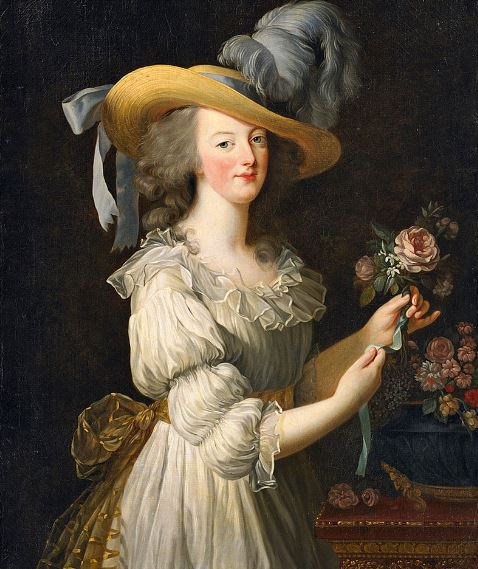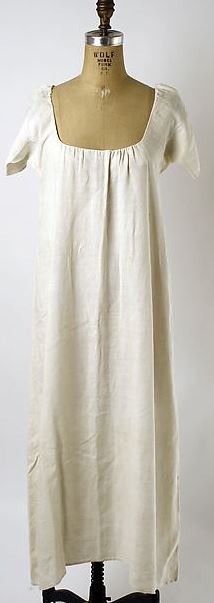Few garments in fashion history have been as appealing to past and present audiences as the chemise dress. This dress, popular in the 1780s, was a pioneer of later neoclassical fashion. The style, a cotton muslin tube with a sash at the waist and a drawstring at the neck spread throughout Europe.
Many people may not understand what a chemise is or how to pronounce it, and we know there are hundreds more who have the same question. So keep reading to find out what a chemise dress is. Also, here are the best real money online pokies you can play to win real cash.
What Is a Chemise Dress?
The term “chemise dress” usually refers to a loose, baggy “round gown” (not open in the front from neck to hem) that mimics a linen chemise, or shift, Western women’s centuries-old, near-universal underwear. While many different types of chemise dresses appeared in the last quarter of the 18th century, the most famous is the fine cotton muslin chemise gown sported by Marie Antoinette in Élisabeth Louise Vigée Le Brun’s (1755-1842)portrait of her.
The Queen’s portrait in a white chemise gown caused a stir in the 1783 Paris Salon, with critics shocked that such a noble model could be seen in such an intimate gown. That wasn’t the only chemise dress style depicted in Vigée Le Brun’s portraits, and other fashionistas were far more daring than the Queen.
The word chemise means “shirt” in French. It was most likely first worn by women and men in the Middle Ages as a layer of protection between clothing and the body. This garment is also known as a smock, a shift, or a variety of other terms. In the nineteenth century, shimmy was a colloquial term in the southern United States.
The medieval version had long sleeves and was a loosely cut floor or shirt-length garment. It could also be worn as a plain nightgown.
Because daily bathing was not widespread in the Middle Ages, chemise was one method of keeping outer clothes smelling and looking cleaner. It absorbed body oil and dirt but was lighter and easier to wash than men’s outerwear or gowns.
While men typically wore the chemise directly beneath their clothing, women frequently wore it beneath petticoats or corsets as these items became popular upper-class wear. When panties and bras became popular, many women began to wear the chemise over their underwear, giving rise to the modern half-slip and full-slip.
The Chemise’s Origins
The chemise, or shift, was the primary female undergarment in the 1700s fashion, a loose-fitting, knee-length white linen garment with a slightly triangular or straight silhouette. The term was first used to categorize an outer garment in the 1780s when France’s Queen Marie Antoinette popularized the chemise à la Reine, an informal, loose-fitting gown of sheer white cotton that resembled a chemise in both cut and material.
After chemise dresses became the dominant fashion around 1800, there was no need to define their silhouette, and the word “chemise” reverted almost entirely to its former meaning.
Chemises Become Dresses
Around 1910, when columnar, loosely belted dresses reminiscent of early-nineteenth-century styles became popular, dresses were renamed chemises. By the 1920s, the chemise had evolved into a hip-length, camisole-like, tubular garment with narrow straps, but it was still worn as lingerie.
Though the unbelted, straight dresses of the 1920s resembled chemises more than any previous dress style and have since been referred to as chemise dresses by historians, they only used the word infrequently at the time. Following the return of fashion to a more fitted silhouette in the 30s, the chemise dress reemerged around 1940, this time as a dress cut to fall right from the shoulders or assembled into a yoke, but always designed to be worn belted at the waist. You can also read a comprehensive guide about the best online casino in south africa for this year.
Tunics, Sheaths, and Shifts
However, the 1950s were the most influential decade in the history of the chemise dress. Early in the decade, Parisian couturiers Cristóbal Balenciaga, Christian Dior, and other European and American designers started experimenting with tunic dresses and unfitted sheath, while belted chemise dresses remained popular.
The major shift occurred in 1957 when Balenciaga and Dior introduced straight and unbelted chemise dresses, completely bypassing the waist. These dresses, known as chemises or sacks, were deemed a revolutionary change in fashion and sparked heated discussion in the American press.
Many critics, particularly men, thought figure-hugging styles were unnatural and ugly, while supporters praised their modern, clean-lined appearance and ease. The term “sack” refers to the eighteenth-century sack-back gown, or sacque, which Balenciaga revived through chemises with back fullness, but it also describes the bag-like chemise silhouette.
Waistless styles, both A-line and straight, remained controversial for several years, but they have been gradually incorporated into most wardrobes and became a 1960s fashion staple. However, the term “chemise” fell out of favor in the early 1960s, possibly because the press uproar of 1957 and 1958 had given it a negative connotation. Straight-cut dresses were now known as shifts, while more voluminous variations included the muumuu and tent dress.
They revived unfitted dresses in the 1980s after an era of more fitted garments in the 70s. Women have had the choice of picking from various silhouettes since then, and unfitted styles have been described as loose-fitting or straight.
The Modern Chemise
The modern chemise is frequently regarded as a short lingerie garment. It can be worn as a component of a baby doll set, with bikini underwear or tap pants, or as a short, sleeveless gown reaching mid-thigh. The garment is typically sold in lingerie sets with a lovely robe and is made of silk or satin with lace trim. Many are intended to be intentionally provocative, a far cry from the item’s original intent.
Many men still wear chemises, though they may scoff at the idea of wearing something strongly linked with lingerie. The t-shirt worn beneath many dress shirts is largely a modernized version of this garment. Some younger men do not see the need for an undershirt, but many believe it is appropriate when donning light dress shirts or as an extra layer of warmth.
For women, fully-lined garments made wearing a chemise or any other type of slip unnecessary. However, women can benefit from having at least a slip or sleeveless chemise under unlined and see-through garments. The modern garment has mostly been relegated to the status of lingerie (check out these pitfalls to evade when buying underwear online!), to be seen only in possibly romantic and private settings.



